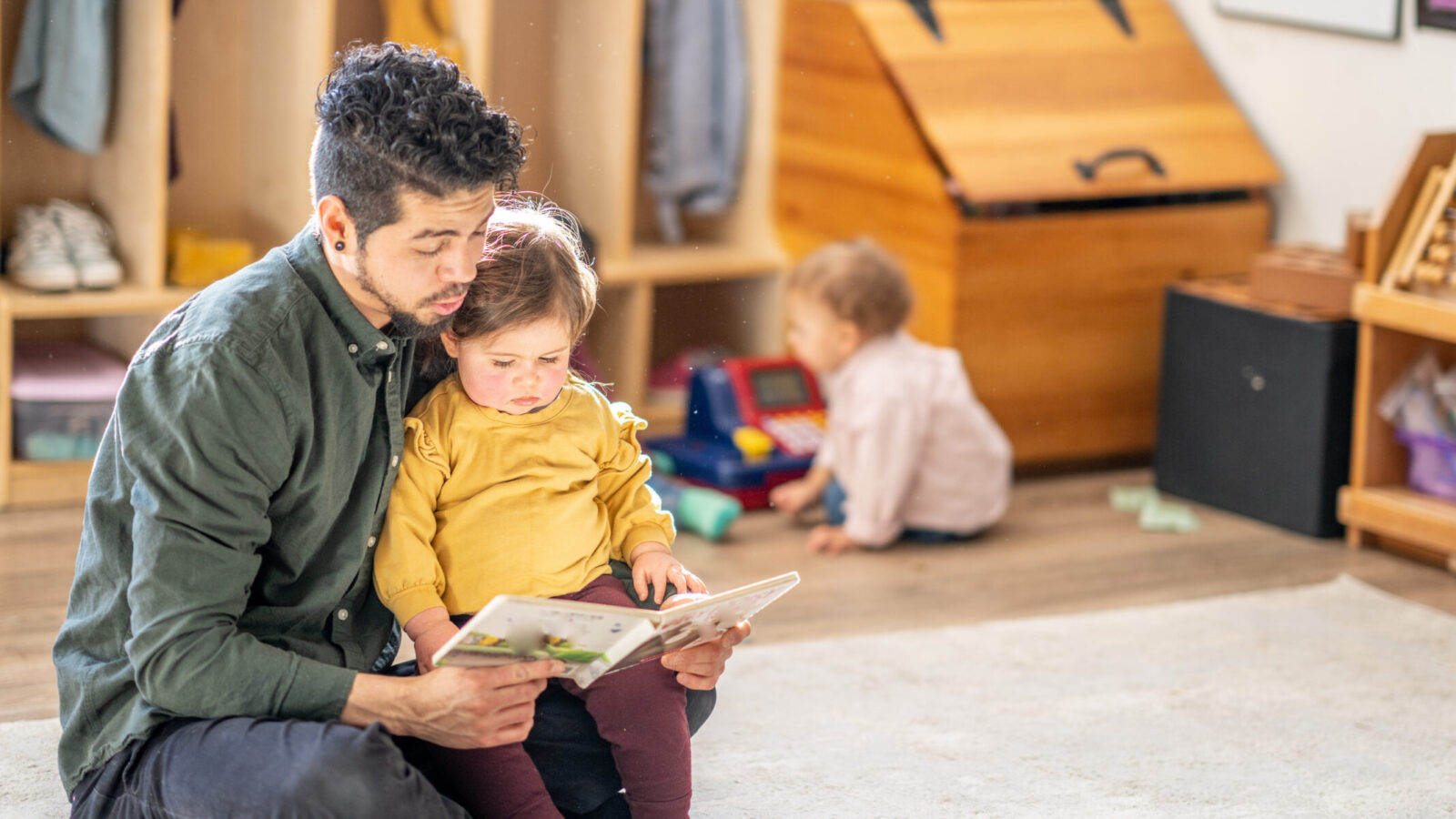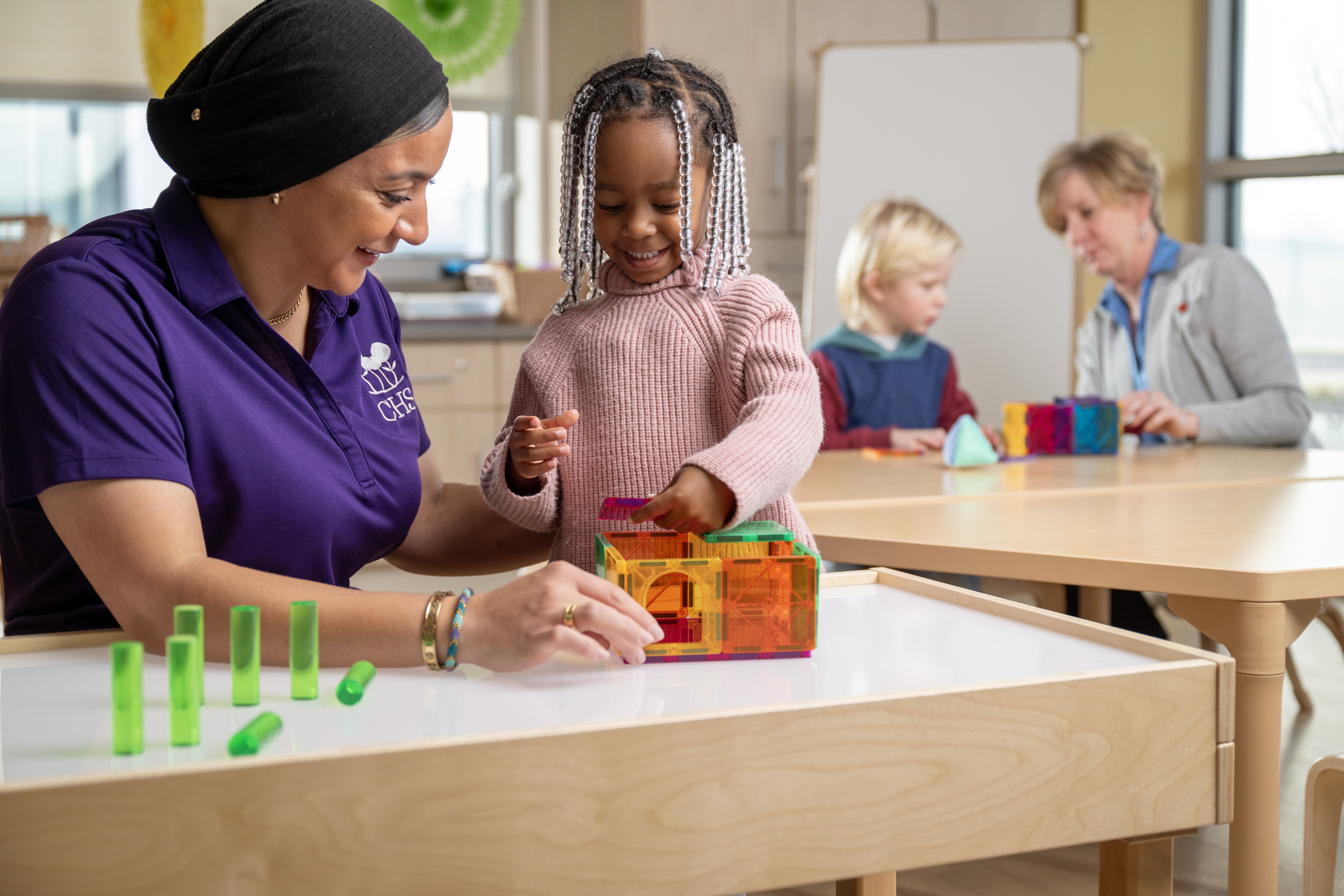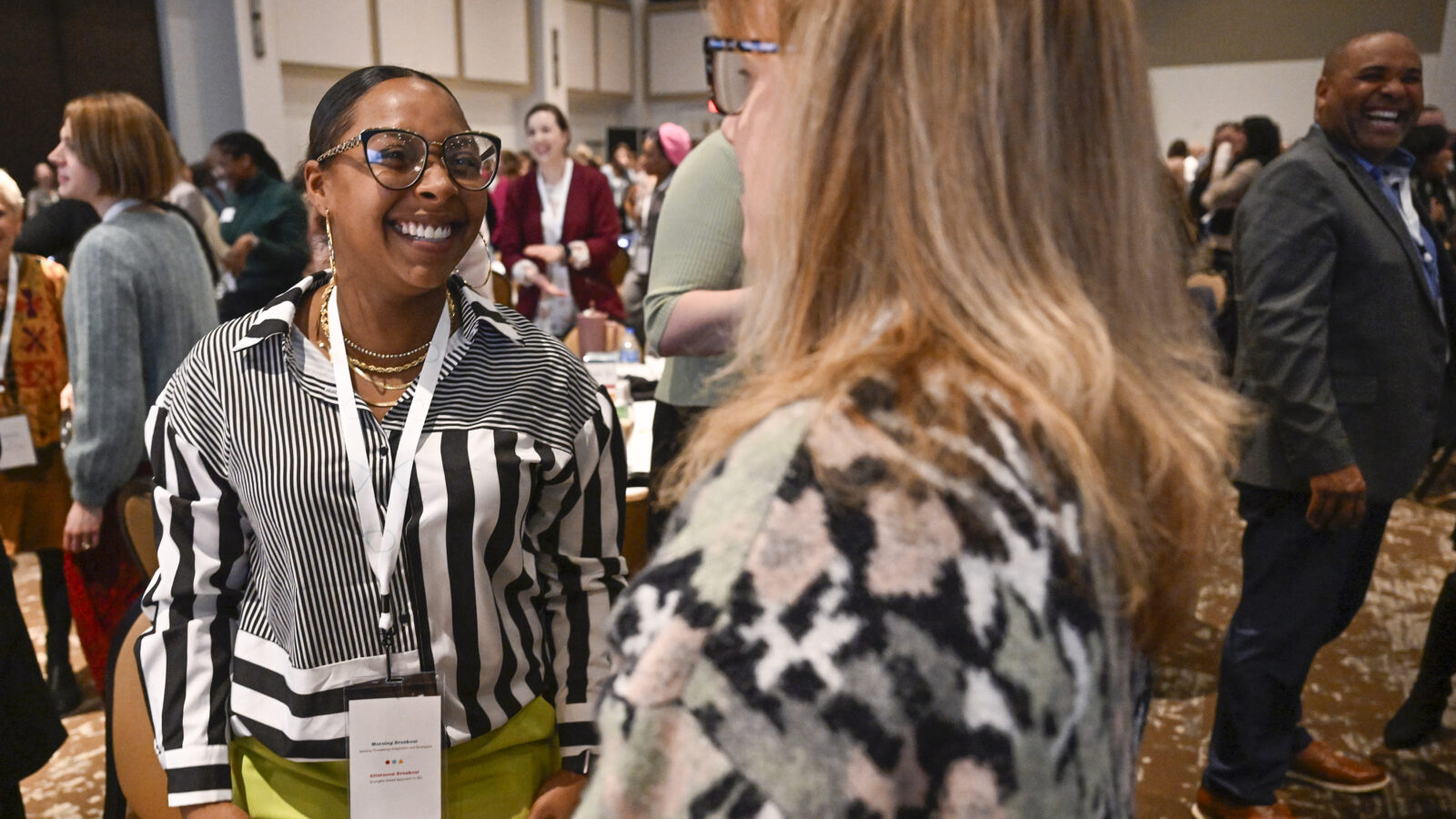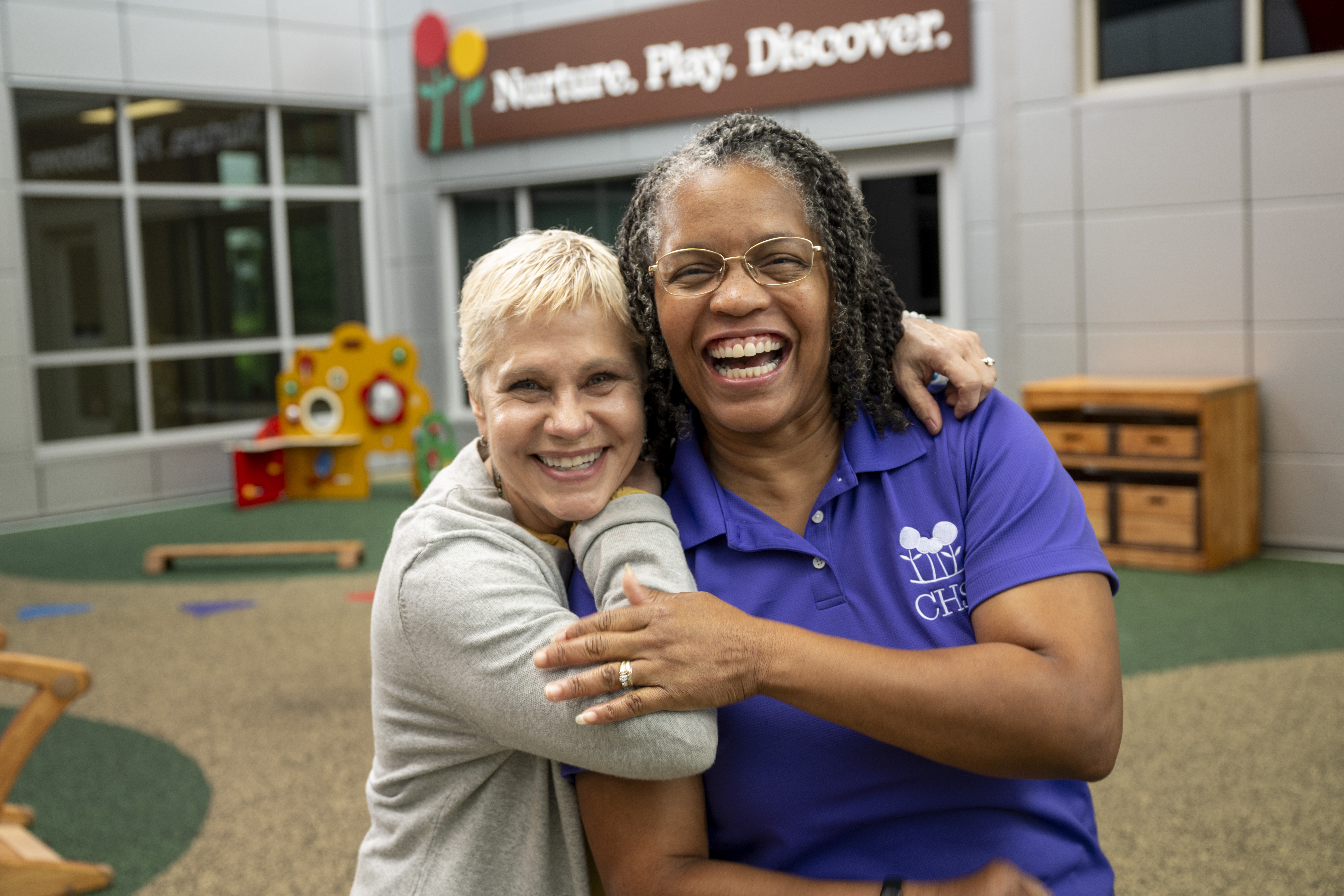Sensory Processing Integration and Strategies: How Challenging Behaviors Align with Sensory Needs
Key Takeaways:
- Sensory overload and overstimulation are causing a rise in sensory processing challenges.
- Remember: I am not rewarding negative behavior; I am meeting a need.
- Connect before you correct!

By Prerna Richards, CEO & Founder, Together We Grow
When I founded Together We Grow, I wanted to give educators and caregivers the resources they need to create responsive and joyful classrooms. While there is no doubt that early childhood educators across the country work tirelessly to make their classrooms safe and engaging environments, overstimulation or stress can sometimes lead to overlooking the individual emotional and sensory needs of children; and that is something I want to change.
Recently, I was invited to speak at the Catherine Hershey Schools for Early Learning Early Childhood Education (ECE) Leaders Summit, where I led a Sensory Processing Integration and Strategies session designed to help ECE staff understand how children receive and respond to sensory information and help build ways to support sensory processing development.
ECE is experiencing a number of challenges related to sensory processing for both children and professionals.

Research shows that, every year, as many as 8,710 three- and four-year-old children may be expelled from or pushed out of their state-funded preschool or prekindergarten classroom. In childcare centers, expulsion rates are 13 times what they are in K–12 classrooms, with as many as 39 percent of childcare providers reporting at least one expulsion in the past year.
[A 2015 study from UCLA’s Civil Rights Project estimated that public school children lost an estimated 18 million days of instruction in just one school year because of exclusionary discipline.]
Teachers are also being impacted. Some 45 percent of early childhood educators are battling mental health challenges and burnout, while 43 percent say staffing shortages are affecting their stress level, according to data from Teaching Strategies.
It is apparent that, as the pace of life increases, both adults and children are putting more and more demands on our brains. Families, teachers, and children are all experiencing this overstimulation as they are bombarded with information – and it is progressively getting worse. The Covid-19 pandemic not only highlighted the issue but accelerated it to a point where we can no longer ignore what is happening.
While all of us are subjected to this bombardment, it is our children who are the most impacted. They are going home to exhausted parents and families, and at school they have tapped out teachers, many of whom are also parents themselves.
Meeting Sensory Needs
So, what is the solution? The pace of life is not going to slow, so it’s imperative that we put in place strategies to deal with the new normal. It’s important to understand that while children do need more sensory processing strategies integrated into their classrooms, this does not mean that there is something “wrong” with them, or that there should be a rush to mistakenly diagnose children as having a neurological condition.
As sensory needs get higher, attention-seeking needs are higher because emotional needs are not being met. As an educator, if you are looking at a child and seeing something wrong, your brain might tell you that you don’t have the tools to deal with them. However, there are eight reasons that children act out:
- Biological needs not being met
- Language delay
- Cognitive delay
- Attention seeking
- Emotional needs
- Culture differences
- Sensory needs
- Trauma
We need to change the way we look at this, by becoming ‘behavior detectives’ to figure out which of the child’s needs are not being met. Our mindsets need to shift to, “I am not rewarding negative behavior, I am meeting a need.”
Connect Before We Correct
What does this look like in the ECE classroom? Most of us are reactive to children’s behavior; whether it’s biting or yelling, whether we shout, “Stop that!” or say, “Gentle hands”, the message is still the same: “Stop doing that”, and we are focusing on correcting the behavior the child is demonstrating.
However, a better approach is to connect, before we correct. When you come from the ‘connect first’ perspective, you don’t say “Stop throwing the blocks”, you walk over to the child and ask them what’s going on and why they did what they did — and they will tell you. It’s a way to put emphasis on understanding, and to respond with connection, rather than just reacting with a quick fix. This shows children that you are attentive to the emotional and sensory needs behind the actions, rather than simply correcting they’re acting out.
For children such as younger toddlers who are not yet able to communicate needs verbally, the educator can try to label their intent and wants. For example, recognizing the child wanted to join in play (intent) which manifested in wanting the ball (want). Next time, say “play, ball.”

As educators, and families, we are using sound too much. Research shows we are giving children up to 17 commands and demands every 30 minutes. And with children who are in programs seven hours a day, it only further adds to their sensory overload, causing them to tune out. On the flipside, adults are becoming frustrated that children aren’t listening.
So, I want educators to switch from feeling as though they are lifeguards shouting from the edge of the pool, to being swim coaches, who are playing and teaching right in the water alongside the children. It’s not about asking teachers to do more (I know how much they are already giving), but encouraging them to slow down to truly listen, acknowledge emotions, and respond with empathy, rather than rushing to correct or apply a quick fix. Start small: do something different. Whether that is deciding you will always walk across the classroom to talk to a child or sitting on the floor and play.
You can find more resources here for ways to build connection with young children, and foster trust and connection. This need for connection is core to what it means to be human, and no AI can replace that. After all, there is no App for a lap!
By taking time to connect first, we can create a calm and supportive environment and open the door for more effective communication and behavior change.




